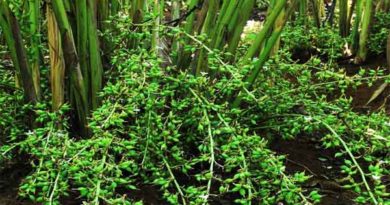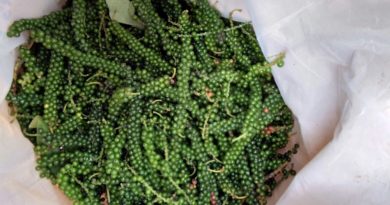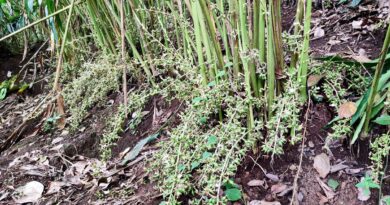After 12 years, Neelakurinji flower will bloom in Kerala’s Munnar hills this month
Neelakurinji, aka Strobilanthes kunthiana—a purplish blue flower that blossoms once in 12 years—will make an appearance in Munnar later this month and stay until October. The mass flowering of the plant occurs once in 12 years, as the neelakurinji plant dies with the bloom. The sight of the natural flower carpet that grows up to 60cms high is a view nature lovers and tourists alike line up to witness. the Nilgiri Hills gets its name from the purple-ish blue flowers that rear their heads once in a dozen years.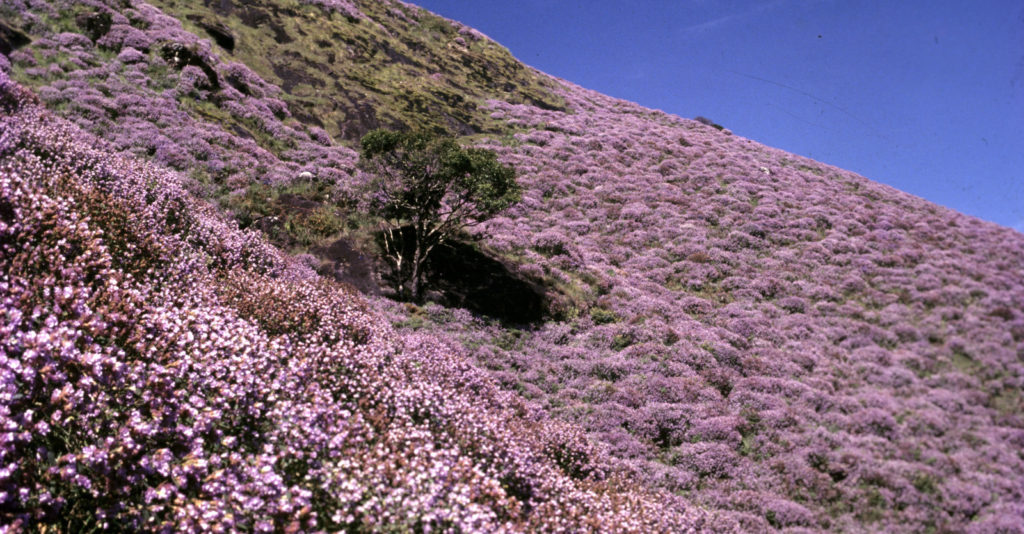
One million travellers, including those from Europe and the US are expected to arrive at Eravikulam National Park in Kerala this year to witness the flower carpets that stretch across the hills in Munnar, Munnar in Kerala records the highest number of neelakurinji plants across India, spreading across 3,000 hectares.
Apart from being a feast for the eyes, the blooming of the plant also provides sustenance for butterflies, insects and honeybees in the region. The honey from the neelakurinji plant is said to be medicinal.
The plants grow above an altitude of 1,500m. Plucking plants for cultivation at alternate locations will not be fruitful.
The state government has also taken measures to promote responsible tourism at the kurinji reserve. In a high-level meeting chaired by Chief Minister Pinarayi Vijayan on December 31, 2017, it was decided that elaborate arrangements would be made to host tourists flocking to Munnar to view the neelakurinji flowers. The chief minister had stressed that the flow of tourists should not affect the environment.
When to watch: Late July-October 2018
Where to go: Kovilur, Rajamala, Eravikulam National Park, Kerala (Five hour drive from Kochi) 7.30am-4pm, Rs120 entry fee for Indian nationals
Other attractions to catch: the endangered Nilgiri Tahr at Eravikulam National Park
Nearest railway station: Angamaly (109kms away)
Nearest airport: Kochi airport (140kms away)
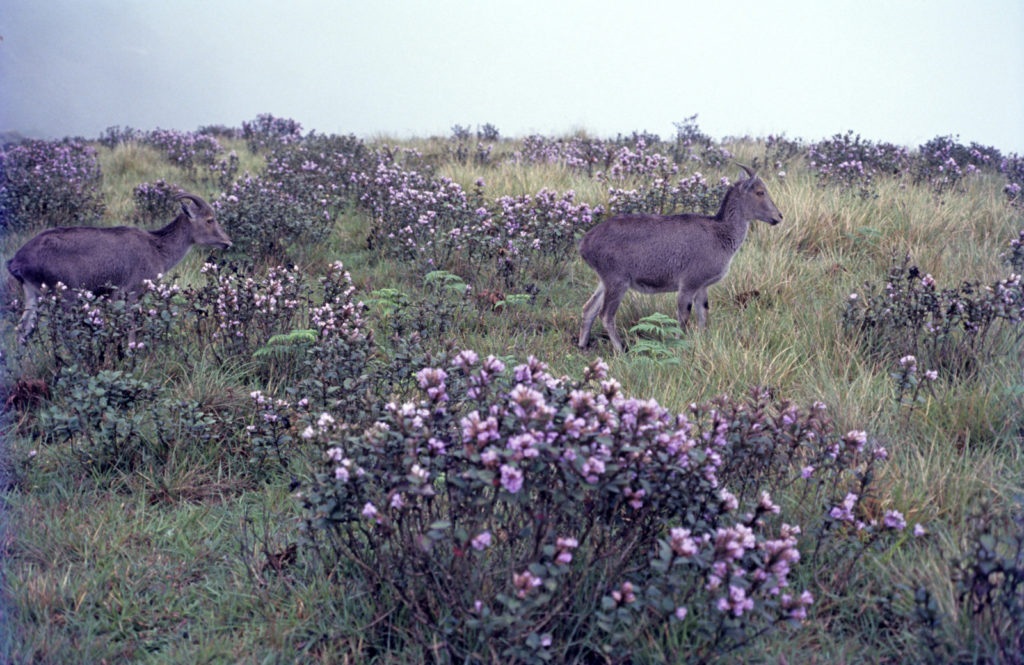 Why Neelakurinji flowers only once in 12 years?
Why Neelakurinji flowers only once in 12 years?
Among plants, there are annuals and perennials. Annual plants complete their life cycle in one year. They grow from the seed, bloom, produce seeds and die in one growing season. Perennials live for more than two years and usually flower every year and set seeds.
Some perennials flower only once in their lifetime, set seeds and die. The next generation of the plants are established from these seeds and the cycle is repeated. Such plants are known as monocarpic, opposed to polycarpic plants that flower and set seeds many times during its lifetime. Monocarpic plants flower only after attaining maturity. The time taken by different species may differ in this respect.
Bamboos are monocarpic plants taking more than 40 years to mature and flower. Another characteristic shown by such plants is that these will flower gregariously in a single season. This happens in the case of bamboos and Kurinjis. The term ‘plietesials’ is used to refer to such plants. The time taken to mature varies in different species of Kurinjis. So different species of Kurinjis have different intervals of flowering. Neelakurinji matures in 12 years time and flowers gregariously every 12 years.

